You’ve probably heard the adage that “growing your soil” is the foundation for a better garden and stronger harvests of both herbs and vegetables, but I beg to differ. While growing your soil is pretty important and not something to overlook, growing your eco-system through companion planting is even more important. Growing your soil produces stronger and healthier plants this year. Maybe even for a few years. But growing you eco-system can bring rewards for decades.
What do I mean by growing your eco-system?
1 out of every 3 bites you eat is dependent on pollinators. Pollinators include more than 4,000 species of wild bees just in North America. 20,000 species of wild bees world wide. But pollinators also include domestic bees, feral bees, butterflies, plus some species of flies, bugs, beetles, and even bats and hummingbirds. Your eco-system also includes other insects, frogs, toads, geckos, and snakes that eat garden pests — like squash beetles and cabbage worms — that destroy your vegetable crops. When you build your eco-system you invite these helpful creatures to your garden to bring it into balance. Fragrant herbs are just one way to extend the invitation.
The first step in growing your eco-system is to stop using herbicides, pesticides, and treated seed. These things can damage pollinators and some seed treatments like the Neonicotinoids class of pesticides, are implicated in colony collapse disorder. When you buy a potted herb check to see if it has been treated with Neonicotinoids. If it has skip it. Don’t bring those home to your own garden. The treatment is enduring and will be present in every leaf of that plant. It will also leach into your own soil.
Step two is to plant companion plants, especially herbs and flowers in your garden, borders, and hedgerows.
Step three is to leave some weeds — like dandelions, to feed the pollinators in early spring, before other perennials have bloomed in your garden.
Step four: Add habitat features like water, shade, houses, and untilled soil to improve the winter survival rates of your native pollinators.
The Composite family of plants for pollinators
Dandelions are probably the most familiar composite family plants. Dandelions were brought to North America by European immigrants as a medicinal herb. The spread of dandelions follows the spread of human migration. So while the dandelion is not a native North American plant, it has naturalized worldwide. Dandelions are part of the composite family of plants. This is the same family as sunflowers, echinacea, and daisies.
Each composite flower is actually a cluster of tiny flowers that may include ray flowers, disc flowers, or like the sunflower, both ray and disc flowers. Together these clusters of tiny flowers make what we see as a single flower. Composite flowers are rich in both pollen and nectar. They are used by honeybees, butterflies, bumblebees, and more than 400 other native pollinators. Other flowers in this family are asters, cosmos, and zinnias.
Many composite family plants have been used medicinally for centuries. Dandelions, for instance, are liver tonics, strengthening the body’s ability to detoxify from chemicals, heavy metals, and pharmaceutical drugs. The bitter leaves aid digestion and are rich in potassium, while supporting the kidneys as a diuretic. Dandelion root tea supports the immune system, is anti-tumor, and can be used as a substitute for coffee. While salves and ointments made with the flowers are pain relieving and anti-inflammatory. And this brief description just scratches the surface.
Echinacea or purple coneflower is probably one of the most easily recognizable composite flowers. A North American native plant, its deep pink flowers are loved by wild bees and butterflies. Even hummingbirds have been seen sipping its nectar. Echinacea is one of our medicinal herbs. You can use root, flower, and leaves to make medicine to add to your apothecary.
I like to make a medicinal honey by putting the just wilted flower heads into local honey and letting them steep for a month or more. (After a month, slightly warm the honey so that it flows easily and strain the flowers out. It’s the strained honey that is the medicine.)This honey is anti-inflammatory and supports the immune system during colds and flu. It’s also very soothing for sore throats and coughs.
Both native bees and honeybees will self medicate on medicinal plants like sunflowers when they are fighting pathogens. Sunflower pollen helps bees to stay healthy and is food for their young. We use sunflowers for food as well. Sunflower seeds are probably familiar to you, but did you know that sunflower buds can be steamed and eaten like artichokes, while sunflowers seeds can be sprouted and used as microgreens?
When you plant composite flowers in your garden you encourage native pollinators, honeybees, and if you choose the right flowers, you can make safe and effective herbal supplements and food from your garden without adding any more space.
Adding composite flowers to your vegetable garden also improves the fruit set of your squash, tomatoes, peppers, and cucumbers. A row of echinacea, a clump of black eyed susan, a screen of Lemon Queen Sunflowers camouflaging the compost bin, are easy, low maintenance ways to increase the pollinator-friendly habitat in your garden without adding more garden beds.
The composite family of plants are just one kind of pollinator-friendly plants to add to your garden this Spring. Other companion plants that will help build your eco-system include plants in the Umbelliferae family (carrots, parsnip, parsely, ammi, queen anne’s lace, fennel etc.), the Lamiaceae (mint family), and the Rosaceae family (rose family). See this post for more ideas for companion plants to use in your own garden this year to help you create a thriving eco-system in your backyard that will improve your garden yields for years to come.
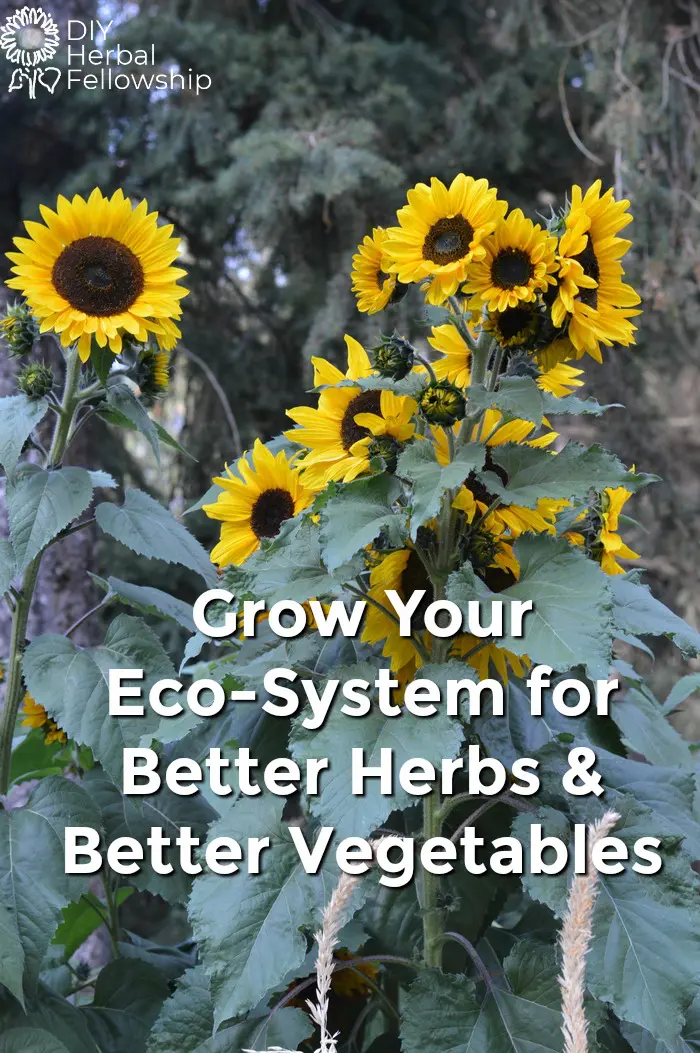
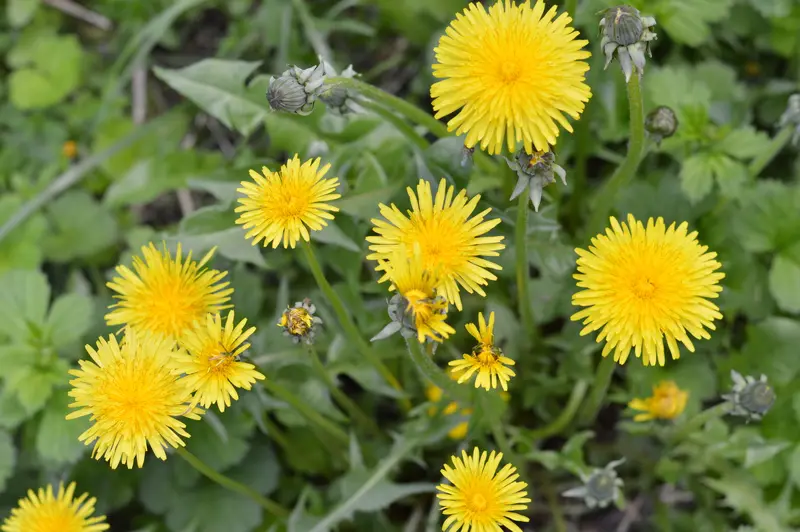

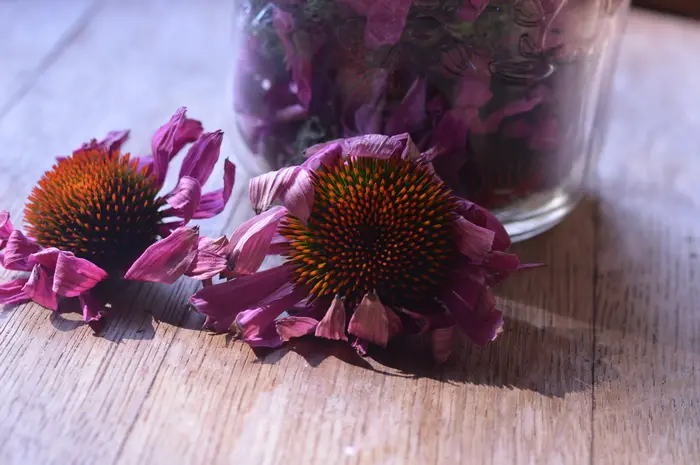
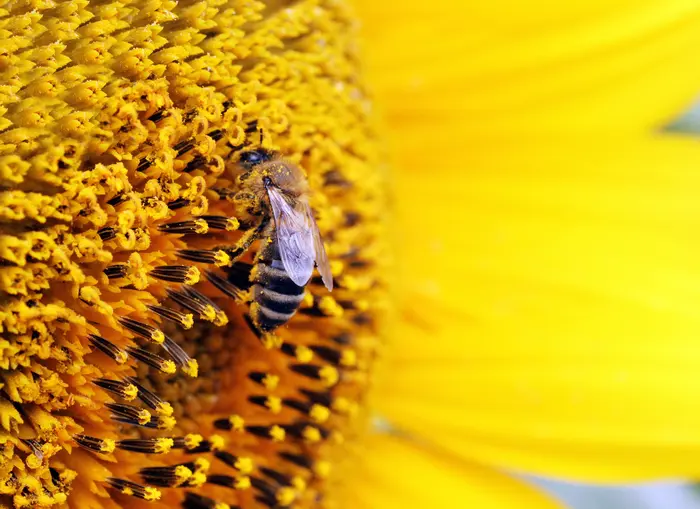
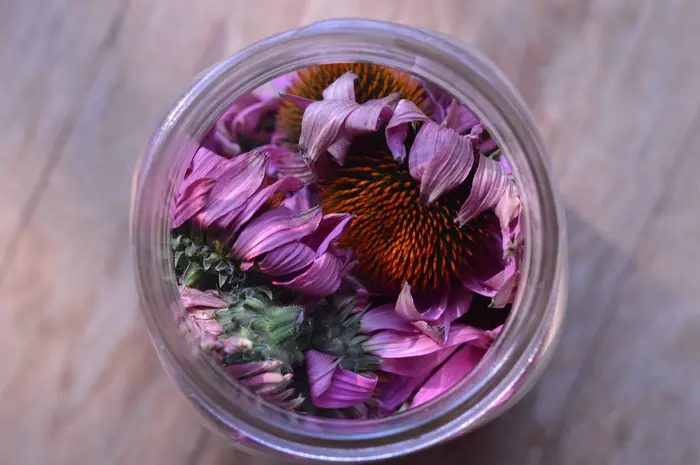

Leave a Reply
You must be logged in to post a comment.